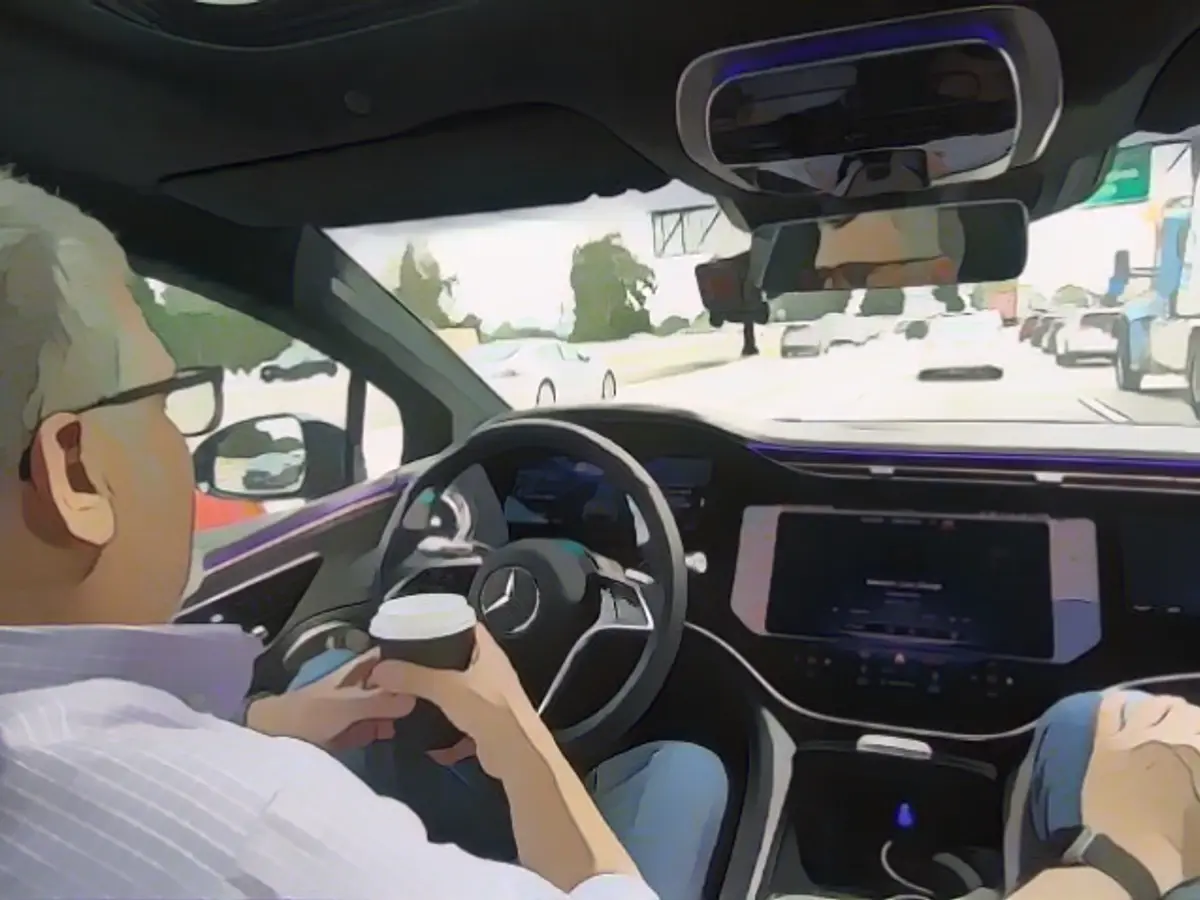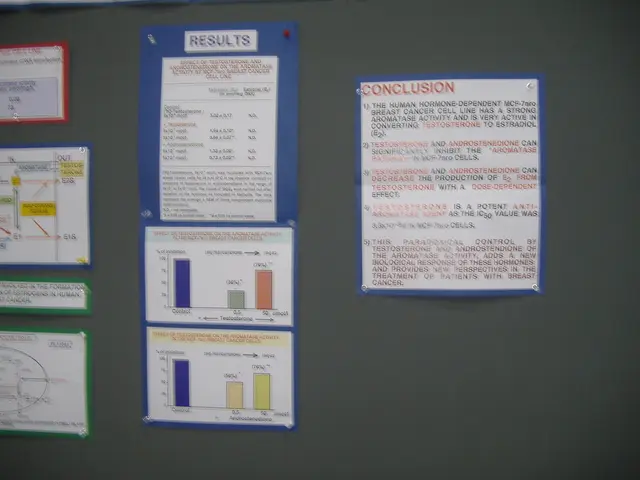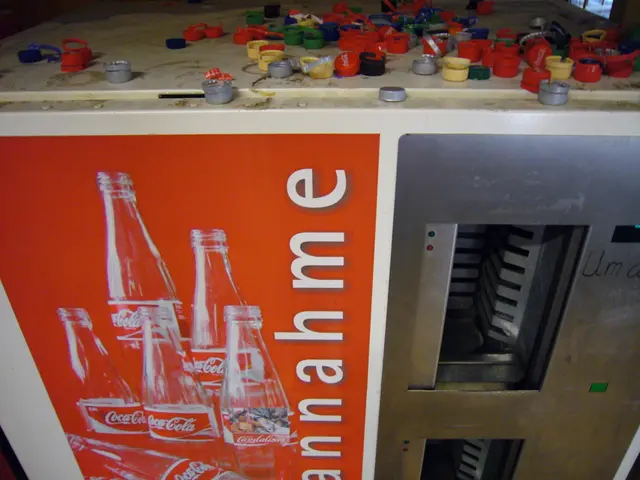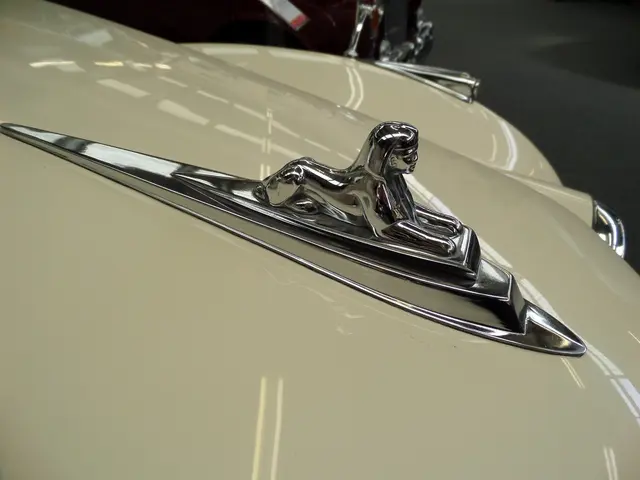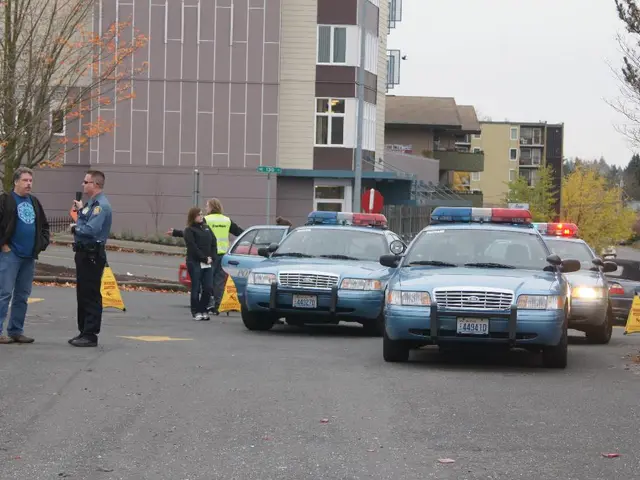Mercedes Introduces Unique Light Color for Autonomous Driving: Turquoise in California and Nevada
California and Nevada are the first states to approve the use of a unique light color for Mercedes' autonomous driving technology, Drive Pilot. This exclusive feature sets Mercedes apart from other automakers, using a distinctive turquoise light to distinguish its self-driving capabilities.
Conditional Autonomous Driving and Drive Pilot
The "conditional automated" Drive Pilot technology developed by Mercedes can be utilized on large highways with minimal traffic speed (below 40 miles per hour). Unlike other driver assistance systems, such as Tesla's Full Self-Driving or GM's Super Cruise, this technology allows the driver to take their feet off the pedals, release the steering wheel, and even look away from the road without consequences, provided the system alerts them when it needs to take control (e.g., when traffic is moving faster).
The Focal Point of Attention
The unconventional choice of turquoise as a light color for autonomous vehicles stems from several factors. Its striking appearance makes it hard to miss, keeping it distinct from other light colors associated with buses or emergency vehicles (e.g., police and other responsible authorities). The Society of Automotive Engineers (SAE) recommends the use of this specific shade of blue to indicate self-driving cars, and Mercedes is the first automobile manufacturer to receive authorization to use it.
Monitoring the Driver's Attention
The newly adopted turquoise lights are designed to help surrounding drivers and police officers become aware that the vehicle is being driven autonomously. When the driver's gaze is not directed towards the road, it may seem like they are not paying attention or committing an error. To prevent such confusion, the turquoise lights act as a warning sign that the car is entirely in control.
Rollout Plans and Availability
Mercedes' Drive Pilot system will be available for their S-Class and EQS models early next year in California and Nevada. Although it functions on other highways outside these two states, it is not yet legal in other areas.
[1] Autonomous vehicle light color standardization is currently only established in the United States, and there is no universal global adoption of turquoise lights for self-driving cars.
